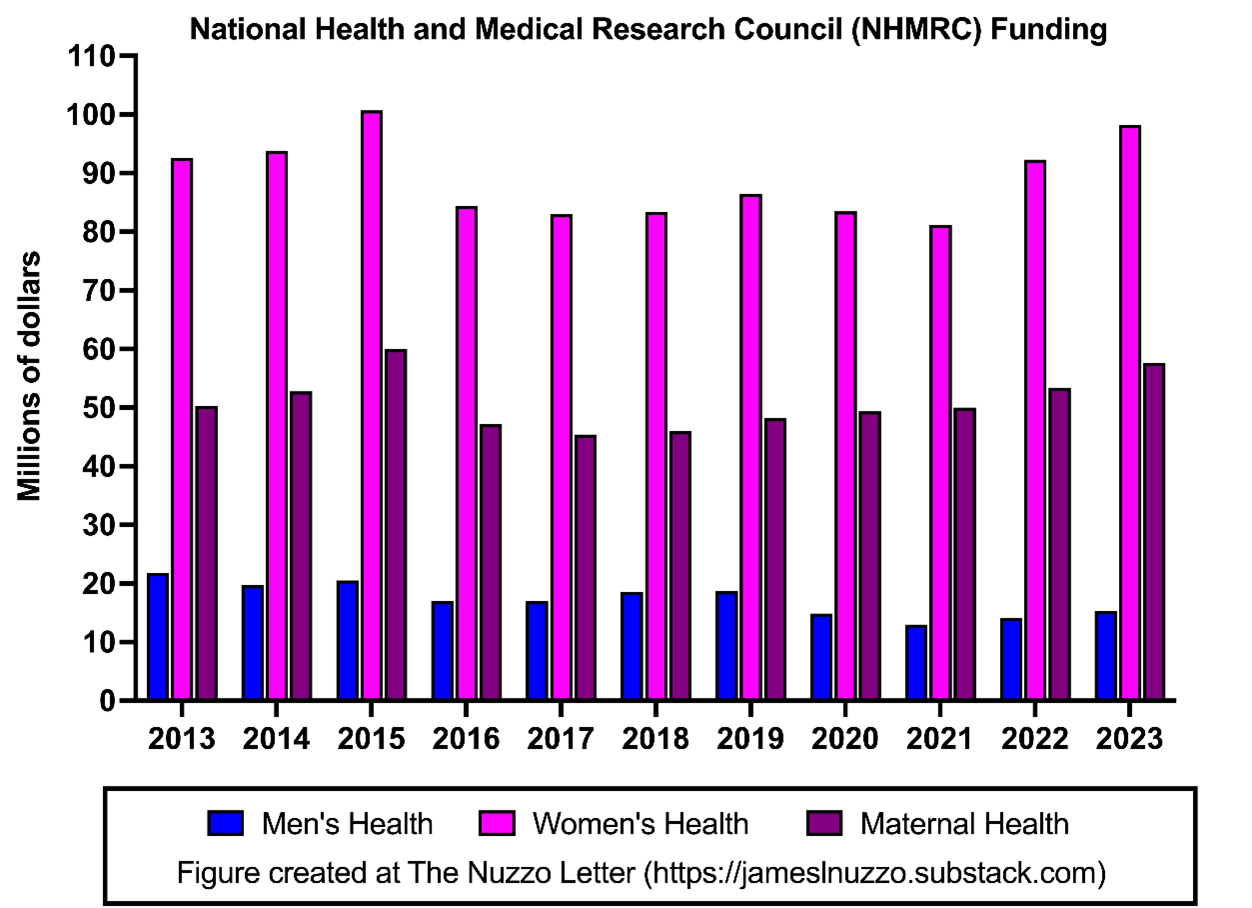Then came the Californian fires which drew attention to Los Angeles Fire Department Chief Kristin Crowley's obsession with making diversity a top priority for her department rather than focussing on the core mission of ensuring firefighters were capable of doing their jobs. Peak lunacy came when the head of DEI in the LA fire department sneered at the notion that female firefighters should be able to carry men out of a fire.
Naturally Trump drew flak by suggesting that the Washington plane crash could be related to the Federal Aviation Administration recruiting workers "who suffer severe intellectual disabilities, psychiatric problems and other mental and physical conditions under a diversity and inclusion hiring initiative." Since then the FAA has refused to name the jobs available to such people in their organization, but the evidence is clear that the organization's diversity push risked bringing in workers unsuited for high stakes, high pressure roles.
The reaction to this sequence of events has been a flood of "DEI – EQUALS - DIE" social media posts as people voice the widespread public perception that compulsory diversity is not only mad but dangerous.
Advertisement
That's what I have been hearing for many years: police officers complaining of female colleagues who cower in police cars at the slightest whiff of trouble; army officers nervous about female members of their team who can't manage the very physical aspects of their role; firefighters reporting on the high injury rate of female colleagues who struggle with their loads; and mining personnel with safety concerns when women with minimal experience are pushed into management roles in their high-risk industry.
But there's another risk arising from decades of DEI distorting our workforces, particularly in the public sector – namely misguided policy driven by biased, feminist management. I've written before about the systematic discrimination against men which has occurred in our public service, with affirmative action programs relentlessly recruiting more women than men and pushing them into senior ranks. I reported that 31 of the 96 government agencies now have 70% or more females, including in key policy areas like health and social services.
We now have huge swathes of our public service utterly controlled by women, including many feminists captured by anti-male ideology. These are the people shaping our public policies, spending vital taxpayer funded resources and drafting our laws. This means when it comes to policies that should be saving lives, they are only interested in one side of the equation - saving women.
One obvious example is the domestic violence bureaucrats pouring billions of dollars into resources they claim protect women from dangerous men, whilst utterly ignoring the safety of men and their children who are at risk from violent women. Law professor Augusto Zimmermann exposed this shameful state of affairs in his powerful lecture at the Restoring the Presumption of Innocence conference last year.
Our key research funding body, the National Health and Medical Research Council (NHMRC) is massively supporting women's health research, whilst neglecting work that could save men's lives – despite women living on average four years longer than men. Look at this revealing graph from James Nuzzo – who blogs at The Nuzzo Letter.


Advertisement
But the most striking example of biased bureaucracy is the utterly shameful distortion of our suicide prevention policies which for decades have wilfully refused to target men – even though 7 of the 9 people who kill themselves each day in this country are male.
The National Mental Health and Suicide Prevention Agreement identified 15 priority populations yet didn't target men as a priority group. The latest strategy mentions specific groups of men, such as indigenous and LGBTQI men, but no programs targeting the broader population of ordinary men.
Discuss in our Forums
See what other readers are saying about this article!
Click here to read & post comments.
6 posts so far.